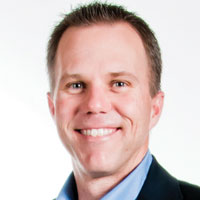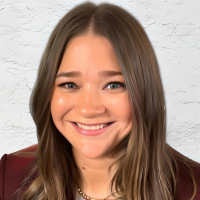Columns
Five tips to be proactive with your estate tax.
Read More
Matt Michel: 16 simple steps to superior service
Take care of the simple things and the rest will follow.
April 6, 2022
Dave Yates: ID vs. OD and flare joints
Don’t over-tighten your flare joints.
April 5, 2022
Kenny Chapman: Is efficiency and customer service killing profits?
Business is all about finding a balance.
April 4, 2022
EDITORIAL OPINION
Nicole Krawke: A spotlight on climate concerns
Solar goes mainstream in Super Bowl commercial.
March 10, 2022
GUEST EDITORIAL
Aaron Salow: Data drives plumbing software trends in 2022
Software helps plumbing contractors increase productivity and deliver extraordinary service to their customers.
March 9, 2022
GUEST EDITORIAL
Ross Goldstein: Design your system for the ‘what ifs’
Learning from your mistakes.
March 8, 2022
SERVICE PLUMBING PROS
Matt Michel: 12 tips to improve your recruiting
Be proactive, not reactive when it comes to hiring employees.
March 7, 2022
CONTRACTOR’S CORNER
Dave Yates: Boundaries
Operating 24/7/365 can take a toll.
March 4, 2022
THE BLUE COLLAR COACH
Kenny Chapman: The untold dangers of the 30,000 foot view
Don’t fall for the cliché.
March 3, 2022
Keep your content unclogged with our newsletters!
Stay in the know on the latest plumbing & piping industry trends.
JOIN TODAY!Copyright ©2024. All Rights Reserved BNP Media.
Design, CMS, Hosting & Web Development :: ePublishing















